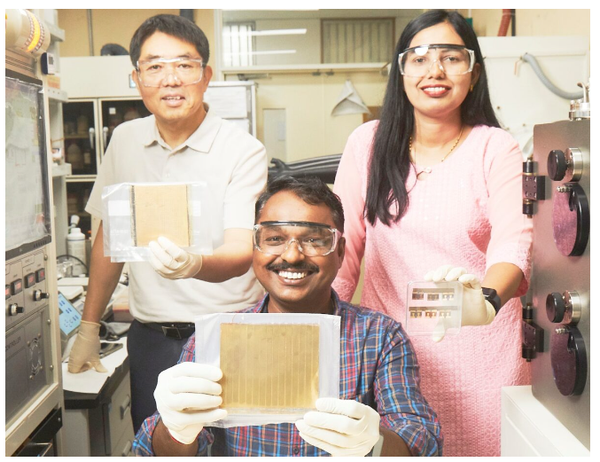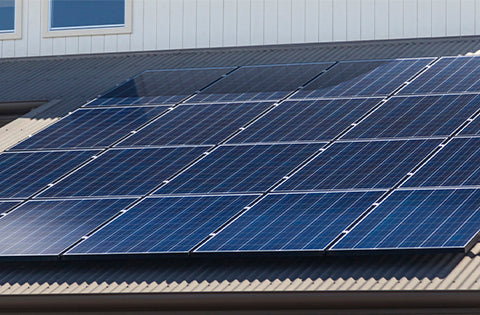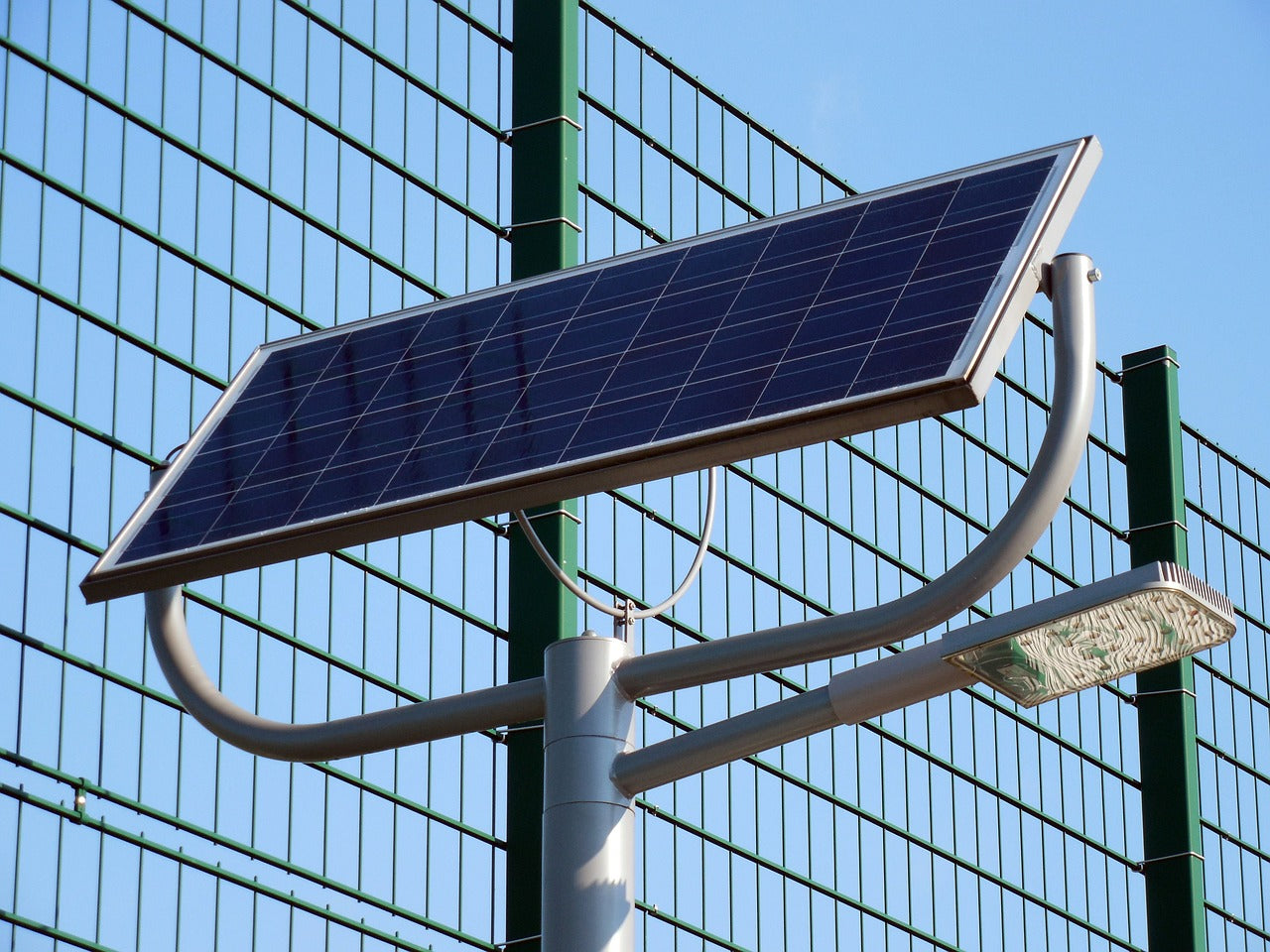An international research team has developed high-efficiency solar cells with a 21.59% efficiency rating by using an all-inorganic phase heterojunction approach. The team used an anti-solvent-free DHA method to produce high-quality, inorganic perovskite thin films, resulting in better device performance under ambient conditions.
An international research team has fabricated a phase heterojunction (PHJ) solar cell – a kind of heterojunction PV device that uses two polymorphs made of perovskite.
Researchers can deposit phase heterojunctions on solid substrates to enable durable PV installations, or on flexible substrates for applications such as portable electronics or the Internet of Things. The key benefit of the phase heterojunction approach lies in its use of a single material on both sides of the junction, albeit in distinct crystalline phases. This eliminates the necessity for doping and mitigates the adverse effects of ion migration.

The research team selected the β- and γ-phases of CsPbI3 perovskite material to form the two polymorphs. The approach involved combining the anti-solvent-free dynamic-hot-air (DHA) processed β−CsPbI3 front absorber with the triple-source thermally evaporated γ−CsPbI3 rear absorber in a simple phase-heterojunction configuration, explained Sawanta S. Mali, the corresponding author of the study. This DHA method enhances the quality of inorganic perovskite thin films and improves device performance under ambient conditions.
To establish phase stability in the β−CsPbI3 front cell, the researchers introduced a Zn(C6F5) molecular additive. For the γ−CsPbI3 rear cell, they employed triple-source guanidinium iodide (GAI)-assisted thermal evaporation deposition. The addition of a small amount of GAI led to enhancements in morphology, optoelectronic properties, efficiency, and stability.
The device exhibited remarkable performance metrics, including a power conversion efficiency of 21.59%, an open-circuit voltage of 1.220 V, a short-circuit current of 21.72 mA cm2, and a fill factor of 81.5. The team also underscored the excellent stability of the encapsulated device, which retained more than 90% of its initial efficiency after 200 hours of storage under ambient conditions.
The researchers described the solar cell and the related manufacturing process in “Phase-heterojunction all-inorganic perovskite solar cells surpassing 21.5% efficiency,” which was recently published in Nature Energy. The research team includes academics from the Chonnam National University in South Korea, the Chinese Academy of Sciences, the Pennsylvania State University in the United States, and the Indian Institute of Science (IISc).
“In future work, different polymorphic phases of either organic−inorganic and/or all-inorganic halide perovskites could also be the best alternatives for highly efficient PHS devices,” they concluded.
To learn more about photovoltaic power generation, please follow SOLARPARTS official website:
Twitter: Solarparts Instagram: Solarparts
Tumblr: Solarparts Pinterest: Solarparts
Facebook: Shenzhen Solarparts Inc
Email address: Philip@isolarparts.com
Homepage: www.isolarparts.com



